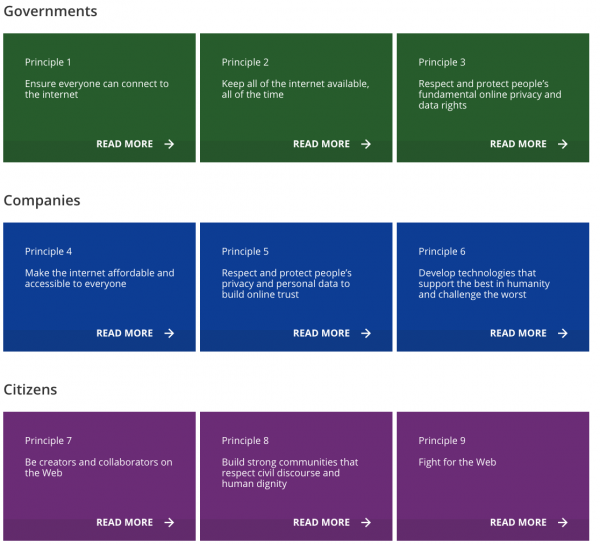Essay by Claudia Chwalisz: “….Deliberative bodies such as citizens’ councils, assemblies, and juries are often called “deliberative mini-publics” in academic literature. They are just one aspect of deliberative democracy and involve randomly selected citizens spending a significant period of time developing informed recommendations for public authorities. Many scholars emphasize two core defining features: deliberation (careful and open discussion to weigh the evidence about an issue) and representativeness, achieved through sortition (random selection).
Of course, the principles of deliberation and sortition are not new. Rooted in ancient Athenian democracy, they were used throughout various points of history until around two to three centuries ago. Evoked by the Greek statesman Pericles in 431 BCE, the ideas—that “ordinary citizens, though occupied with the pursuits of industry, are still fair judges of public matters” and that instead of being a “stumbling block in the way of action . . . [discussion] is an indispensable preliminary to any wise action at all”—faded to the background when elections came to dominate the contemporary notion of democracy.
But the belief in the ability of ordinary citizens to deliberate and participate in public decisionmaking has come back into vogue over the past several decades. And it is modern applications of the principles of sortition and deliberation, meaning their adaption in the context of liberal representative democratic institutions, that make them “democratic innovations” today. This is not to say that there are no longer proponents who claim that governance should be the domain of “experts” who are committed to govern for the general good and have superior knowledge to do it. Originally espoused by Plato, the argument in favor of epistocracy—rule by experts—continues to be reiterated, such as in Jason Brennan’s 2016 book Against Democracy. It is a reminder that the battle of ideas for democracy’s future is nothing new and requires constant engagement.
Today’s political context—characterized by political polarization; mistrust in politicians, governments, and fellow citizens; voter apathy; increasing political protests; and a new context of misinformation and disinformation—has prompted politicians, policymakers, civil society organizations, and citizens to reflect on how collective public decisions are being made in the twenty-first century. In particular, political tensions have raised the need for new ways of achieving consensus and taking action on issues that require long-term solutions, such as climate change and technology use. Assembling ordinary citizens from all parts of society to deliberate on a complex political issue has thus become even more appealing.
Some discussions have returned to exploring democracy’s deliberative roots. An ongoing study by the Organization for Economic Co-operation and Development (OECD) is analyzing over 700 cases of deliberative mini-publics commissioned by public authorities to inform their decisionmaking. The forthcoming report assesses the mini-publics’ use, principles of good practice, and routes to institutionalization.3 This new area of work stems from the 2017 OECD Recommendation of the Council on Open Government, which recommends that adherents (OECD members and some nonmembers) grant all stakeholders, including citizens, “equal and fair opportunities to be informed and consulted and actively engage them in all phases of the policy-cycle” and “promote innovative ways to effectively engage with stakeholders to source ideas and co-create solutions.” A better understanding of how public authorities have been using deliberative mini-publics to inform their decisionmaking around the world, not just in OECD countries, should provide a richer understanding of what works and what does not. It should also reveal the design principles needed for mini-publics to effectively function, deliver strong recommendations, increase legitimacy of the decisionmaking process, and possibly even improve public trust….(More)”.

